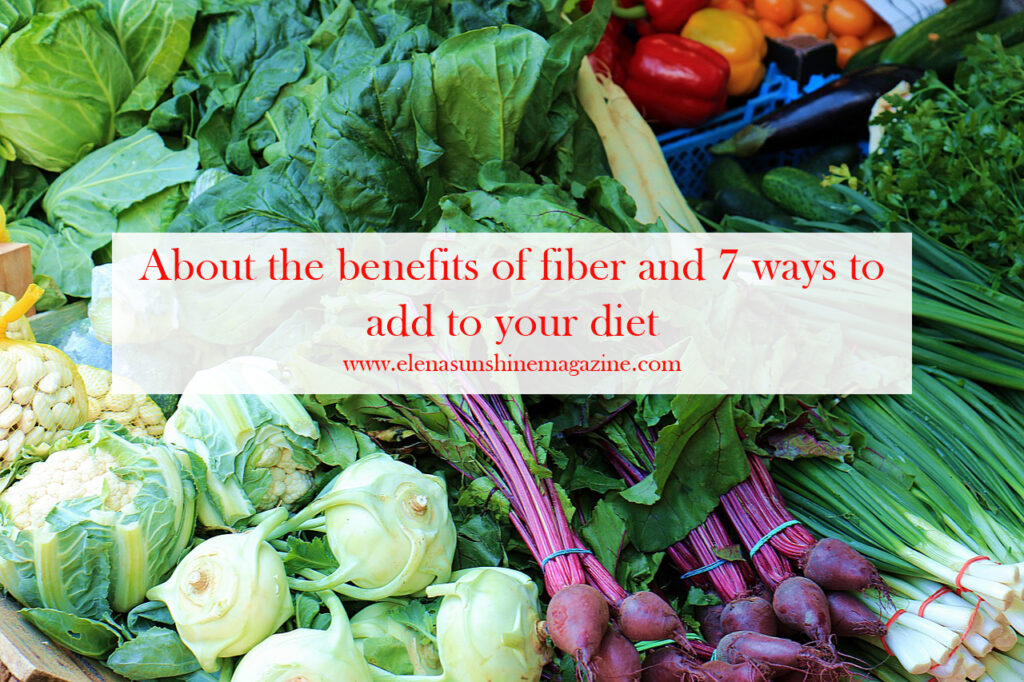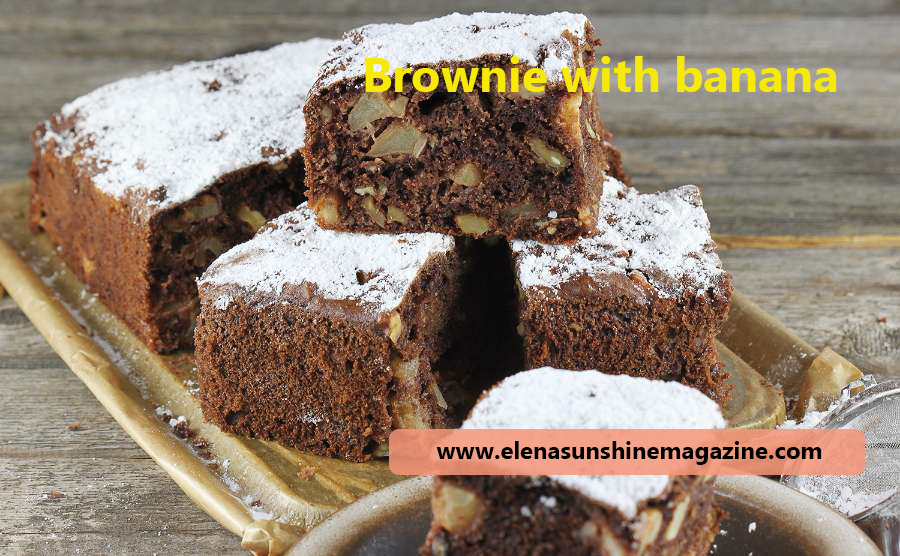Fiber is a complex carbohydrate, or dietary fiber, which is found in products of plant origin. It is not digested by the body, but intestinal bacteria use it to perform a number of functions. About the benefits of fiber and 7 ways to add to your diet.
The main benefits of fiber in the diet:
The fiber in products is the key to proper microflora: if you feed beneficial bacteria, they become stronger and independently displace those who harm you (fungal microorganisms and parasites).
Fiber gives a long saturation, helping us not to overeat. If you eat a high-calorie white bun, the fiber content of which tends to be zero, then despite all these calories, in an hour you will be hungry again! If the bun is at least wholegrain, and with it, you eat a couple of carrots, then the feeling of satiety will stay with you longer.
The fiber in the diet is necessary to ensure that the intestines are emptied in time (prevents constipation).
The fiber in the diet helps us not to overeat because it quickly fills the stomach. For example, you can eat a lot of mashed potatoes with meat. But a lot of cabbage salad will definitely not fit you.
Fiber is divided into soluble and insoluble. As a rule, one product contains both types of fiber at the same time.
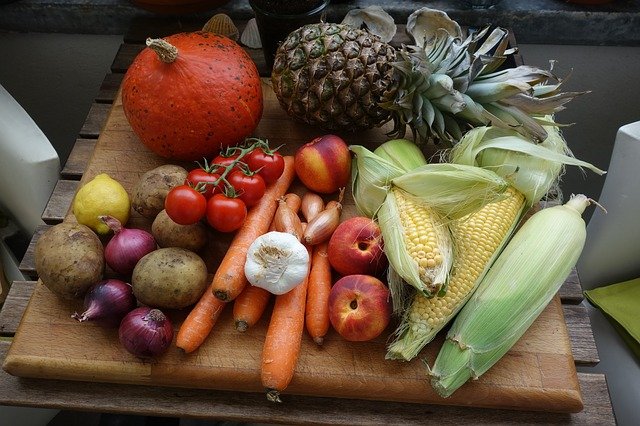
Soluble fiber is processed (fermented) by bacteria in the large intestine and therefore contributes to the proper intestinal microflora with a predominance of “good” bacteria. It is contained mainly in vegetables, fruits, whole grain products, and root vegetables (except potatoes — there it is only in the peel).
Insoluble fiber is contained only in whole-grain products (that’s why you don’t need to completely remove all cereals from the diet!). The fiber of this type is almost not fermented by bacteria but plays a huge role in timely and regular bowel emptying.
Which foods contain the most fiber? About the benefits of fiber and 7 ways to add to your diet.
For a healthy diet, the best sources of fiber (in descending order) are vegetables, seeds and seeds, greens, legumes, nuts, fruits (in reasonable quantities), and whole grains.
There is a very simple way to understand how much fiber is in a particular product: the harder it is to chew a raw product, the more fiber it contains. For example, cucumber or young lettuce leaves have almost no fiber, so they melt in your mouth. But it’s very difficult to chew fresh carrots or cabbage!
There’s a lot of fiber in them. Another example: there is more fiber in the stems of parsley than in the leaves (so do not throw out the stems!). There is more fiber in parsley than in cilantro (everything is also clear in consistency). Sesame is almost impossible to chew. Almonds are more difficult to chew than pine nuts and so on. Do you understand the principle?
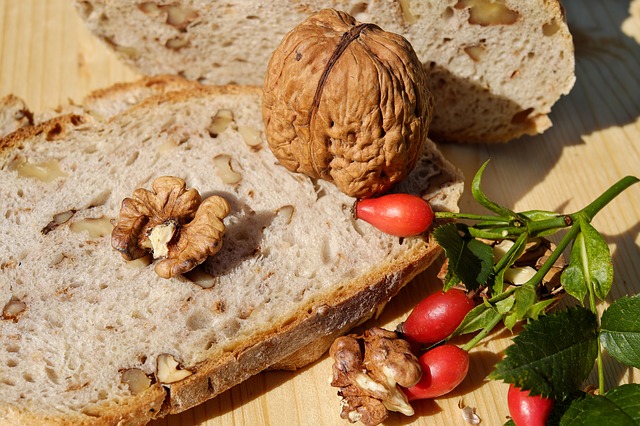
How to add fiber to the diet? About the benefits of fiber and 7 ways to add to your diet.
Step 1: Replace all refined cereals with whole grains
It’s very easy to do this! No white bread rolls, white rice, and air flakes. Whole grain bread, brown and unpeeled rice, oatmeal porridge. By the way, the greatest confusion arises when trying to choose the right pasta. We need whole grains. That is, it should be written right on them: wholegrain. They will be darker in color than ordinary pasta.
Step 2: Sprinkle the porridge with nuts and seeds.
Seeds and seeds have a high fiber content. So make it a rule: sprinkle any porridge with 1-2 tablespoons of seeds. Any will do sesame, chia seeds, hemp, sunflower and pumpkin, flax (be careful with flax if you have fibroids, fibroids, and other tumors in your history).
Step 3: Choose coarse vegetables
As can be seen from the examples about cabbage and cucumbers, cabbage is preferable in this case. If you are making a salad, then do not forget to put at least something there that you will need to chew for a long time: bell peppers, fresh carrots, asparagus, and beets. Add more vegetables to any soups. You can even add vegetables to cutlets and meatballs! Not enough imagination? Then use our recipes — they are full of vegetables.
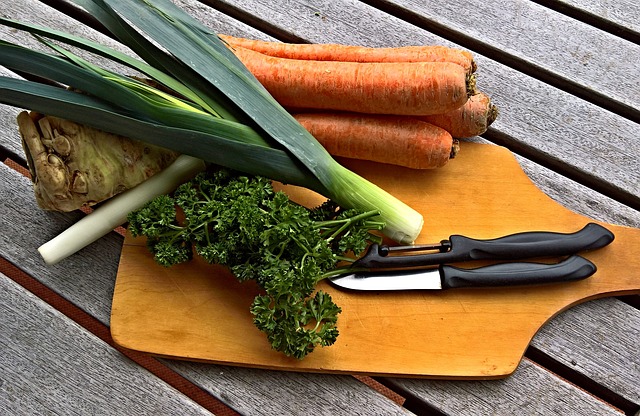
Step 4: Sprinkle all salads with seeds and seeds
Make it a rule to sprinkle salads with seeds and seeds. You can apply this rule to any salad, and then even the classic “lettuce leaves — cucumber — tomato” will be enriched with fiber.
Step 5: At least 2 vegetable dishes per day
Ideally, of course, it would be necessary to supply vegetables with every meal. But 2 of them is an absolute minimum. And I don’t mean a tomato cut into pasta or scrambled eggs, as so many do. This refers to vegetable dishes.
Step 6: do not throw away the stems from the greenery
It is in the stems that the most fiber is contained. Yes, their rigidity is not to the taste of many, but we eat not only for pleasure but also for good. Therefore, the stems can be left for hot dishes or smoothies. So their rigidity will not spoil the enjoyment of food.
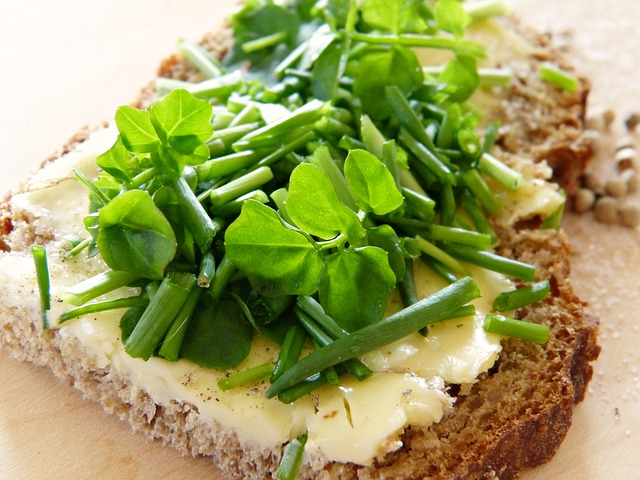
Step 7: Eat fruit with a peel
Many people make this mistake: peel the fruit. Don’t do that! For example, an apple or a pear without a peel contains almost no fiber. But! By cutting off the peel, you accelerate the absorption of glucose, and your healthy fruit becomes dangerous to health (because blood sugar grows too fast, leading to problems with insulin, other hormones, and weight).
“Eat vegetables and greens” are not empty words. This is a necessity, justified both from right to left and from left to right. Do you want to stay energetic, healthy, and young? Eat vegetables and greens! And it’s not just about fiber.

